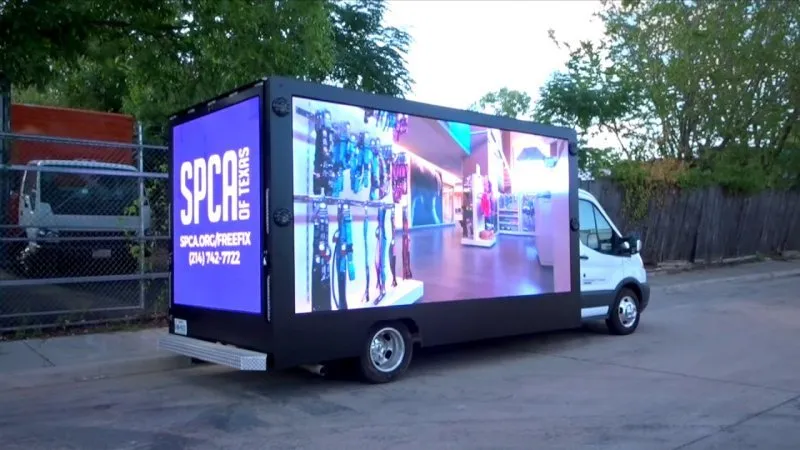In today’s digital world, website traffic is crucial for online businesses, content creators, and marketers. The higher the number of visitors to a website, the more opportunities there are for engagement, conversions, and revenue. However, achieving significant traffic can be challenging, leading some individuals and entities to resort to traffic bots. In this article, we will delve into the world of traffic bots, exploring what they are, how they operate, different types, their uses, advantages, and whether they genuinely generate more traffic.
What is a Traffic Bot?
A traffic bot, also known as a web traffic generator or bot, is a software program designed to simulate human-like behavior and generate traffic to a website, app, or online platform. These bots are programmed to visit specific URLs repeatedly, imitating real user visits to create the illusion of increased traffic. The primary goal of using traffic bots is to boost the website’s metrics, such as page views, unique visitors, and session durations, which can lead to improved search engine rankings and ad revenue.
How Do Traffic Bots Work?
Traffic bots operate by sending HTTP requests to the targeted website, mimicking the interactions a human user would have with the site. These interactions may include clicking on links, scrolling through pages, filling out forms, and even emulating mouse movements and keystrokes. The bots can be set up to use rotating IP addresses or proxy servers to make their activities appear more legitimate and avoid detection.
Some traffic bots are more sophisticated and can mimic multiple user agents, browsers, and devices, making it challenging for website administrators to distinguish between bot-generated and organic traffic. This makes detection and prevention a continuous battle for website owners and search engines.
Types of Bots:
There are various types of online traffic bots, each serving different purposes:
- Search Engine Optimization (SEO) Bots: These bots aim to boost a website’s search engine ranking by increasing traffic and engagement metrics.
- Ad Fraud Bots: Designed to inflate ad impressions and clicks artificially, leading to higher ad revenue for unscrupulous website owners.
- DDoS Bots: Used for Distributed Denial of Service attacks, overwhelming a website’s server with fake traffic, causing downtime and disruption.
- Conversion Rate Optimization (CRO) Bots: Aim to enhance conversion rates by mimicking user interactions to optimize website elements.
Examples and Uses of Traffic Generators:
Traffic bots have both legitimate and unethical uses. Some of the legitimate use cases include load testing websites to gauge their performance under heavy traffic, monitoring website uptime and responsiveness, and A/B testing for website optimization. However, unethical practices involve using bots to manipulate website metrics, deceive advertisers, or harm competitors.
Advantages of Traffic Bots:
Advocates of traffic bots often highlight the following advantages:
- Quick Boost in Metrics: Traffic bots can rapidly increase website traffic and related engagement metrics, creating the illusion of popularity.
- Enhanced SEO: Artificially increased traffic can positively impact search engine rankings, albeit temporarily.
- Testing and Analytics: Bots can be used for website load testing, user behavior analysis, and other valuable analytics. alternative fiverr
Does Bot Truly Generate More Traffic?
While traffic bots can indeed generate a surge in traffic and metrics, their benefits are short-lived and come with significant risks. Search engines and advertising platforms continuously refine their algorithms to detect and penalize illegitimate traffic generated by bots. Websites caught engaging in such practices risk severe consequences, such as loss of search rankings, ad revenue, and reputation damage.
Traffic bots are complex software programs designed to mimic human interactions and generate traffic for websites and online platforms. While they can offer temporary advantages, the risks and potential consequences of using traffic bots far outweigh any short-term benefits. The best approach for sustainable website growth is to focus on providing valuable content, optimizing user experience, and adhering to ethical marketing practices. Genuine and organic traffic remains the most reliable path to long-term success in the digital landscape.











